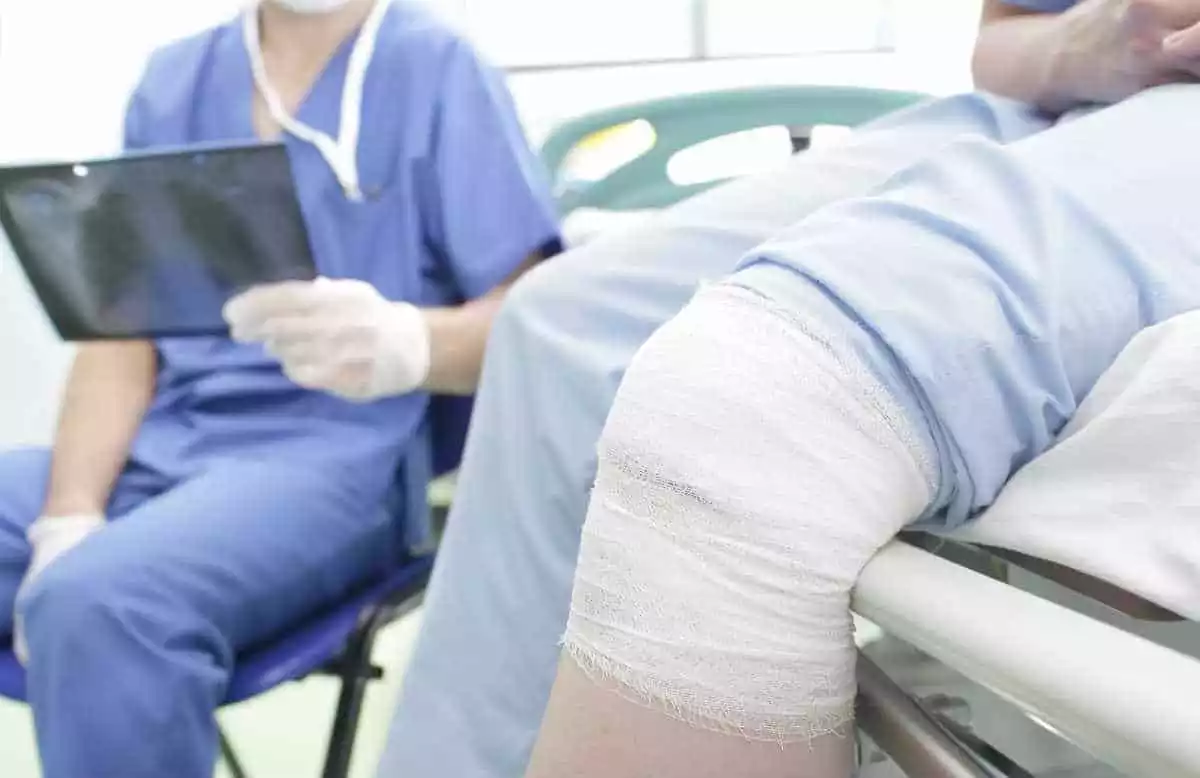Whiplash Revealed: Recovery Roadmap After a Miami Car Crash

Whiplash is a neck injury that occurs when the head is suddenly jerked backward and then forward, mimicking the motion of a whip cracking. This rapid movement can strain the muscles and ligaments in the neck, leading to a range of symptoms that may appear immediately or develop over time.
Symptoms of Whiplash
1. Neck Pain and Stiffness:
Neck pain and stiffness are hallmark symptoms of Whiplash. The pain may worsen with movement and radiate to the shoulders and upper back.
2. Headaches:
Many individuals with whiplash experience headaches, which can vary in intensity and may be accompanied by dizziness or blurred vision.
3. Reduced Range of Motion:
Whiplash can limit one’s ability to move one’s neck freely, making it difficult to turn one’s head or look upward or downward without discomfort.
4. Tenderness and Swelling:
The affected area may feel tender to the touch, and swelling or bruising may be visible, particularly along the neck and shoulders.
5. Tingling or Numbness:
In some cases, Whiplash can cause tingling sensations or numbness in the arms or hands, indicating nerve involvement.
Diagnosing Whiplash
If you experience symptoms of Whiplash after a car accident, seeking medical attention promptly is essential. A healthcare professional, such as a chiropractor specializing in car accident injuries, can perform a thorough evaluation to assess your condition. Diagnostic tests, such as X-rays or MRI scans, may be recommended to rule out other injuries and confirm the diagnosis of Whiplash.
Treatment Options for Whiplash
1. Chiropractic Care:
Chiropractic care is a non-invasive, drug-free approach to treating Whiplash and other neck injuries. Chiropractors use gentle spinal adjustments and other manual techniques to realign the spine, alleviate muscle tension, and promote healing.
2. Massage Therapy:
Massage therapy can help reduce muscle stiffness, improve circulation, and alleviate pain associated with Whiplash. Targeted massage techniques can target tight muscles and promote relaxation.
3. Physical Therapy:
Physical therapy exercises and stretches can help restore strength, flexibility, and range of motion in the neck and surrounding muscles. A physical therapist can design a personalized rehabilitation program tailored to your needs and goals.
4. Pain Management:
Over-the-counter pain relievers, such as ibuprofen or acetaminophen, may temporarily relieve whiplash-related pain. In some cases, a healthcare provider may prescribe stronger pain medications or muscle relaxants to manage symptoms.
Tips for Whiplash Recovery
1. Rest and Ice:
Resting the neck and applying ice packs to the affected area can help reduce inflammation and alleviate pain in the early stages of whiplash recovery.
2. Maintain Good Posture:
Practicing good posture and avoiding activities that strain the neck can help prevent further aggravating whiplash symptoms.
3. Follow Treatment Recommendations:
Follow your healthcare provider’s recommendations for treatment and rehabilitation diligently to maximize the effectiveness of your whiplash recovery plan.
4. Gradually Increase Activity:
Gradually reintroduce gentle stretching and low-impact exercises to strengthen the neck muscles and improve flexibility as your symptoms improve.
Coping with Whiplash Emotionally
Aside from the physical symptoms, Whiplash can also take a toll on your emotional well-being. Coping strategies such as mindfulness, relaxation techniques, and seeking support from loved ones or a therapist can help you manage stress and anxiety during your recovery journey.
Preventing Whiplash in the Future
While some car accidents are unavoidable, you can take steps to reduce your risk of Whiplash and other injuries on the road. Always wear your seatbelt, adjust your headrest properly, and maintain a safe following distance to minimize the impact of a rear-end collision.
Conclusion
Whiplash recovery requires patience, persistence, and a comprehensive approach to treatment. By understanding the symptoms, seeking prompt medical attention, and following a personalized treatment plan that may include chiropractic care, massage therapy, physical therapy, and pain management techniques, you can overcome Whiplash and reclaim your quality of life. If you’ve been involved in a car accident in Miami and are experiencing symptoms of Whiplash, don’t delay seeking professional help. Your road to recovery starts now.

